skilpod.com / blog
smart building - prefab is not a dirty word
If you ask the average Belgian what he or she thinks of prefab building, they probably won't be wild with enthusiasm. Prefab homes are associated with cheap mass production and low quality. Combine that with the Belgian love for bricks and the romantic ideas we have around building a traditional home and you get why prefab producers have collectively switched to the name "modular building".
where does this idea come from?
There is a kernel of truth at the base of this myth. In the past, some mass-produced, cheap prefab homes were built. Especially right after World War II, when the economy was in the dumps, whole cities were in ruins and there was an urgent need to get a roof over many people's heads. These buildings were not meant to be long-lasting, but to help as many people in as short a time span as possible.
Though we still love to help a lot of people and do it as fast as possible, the situation is completely different.
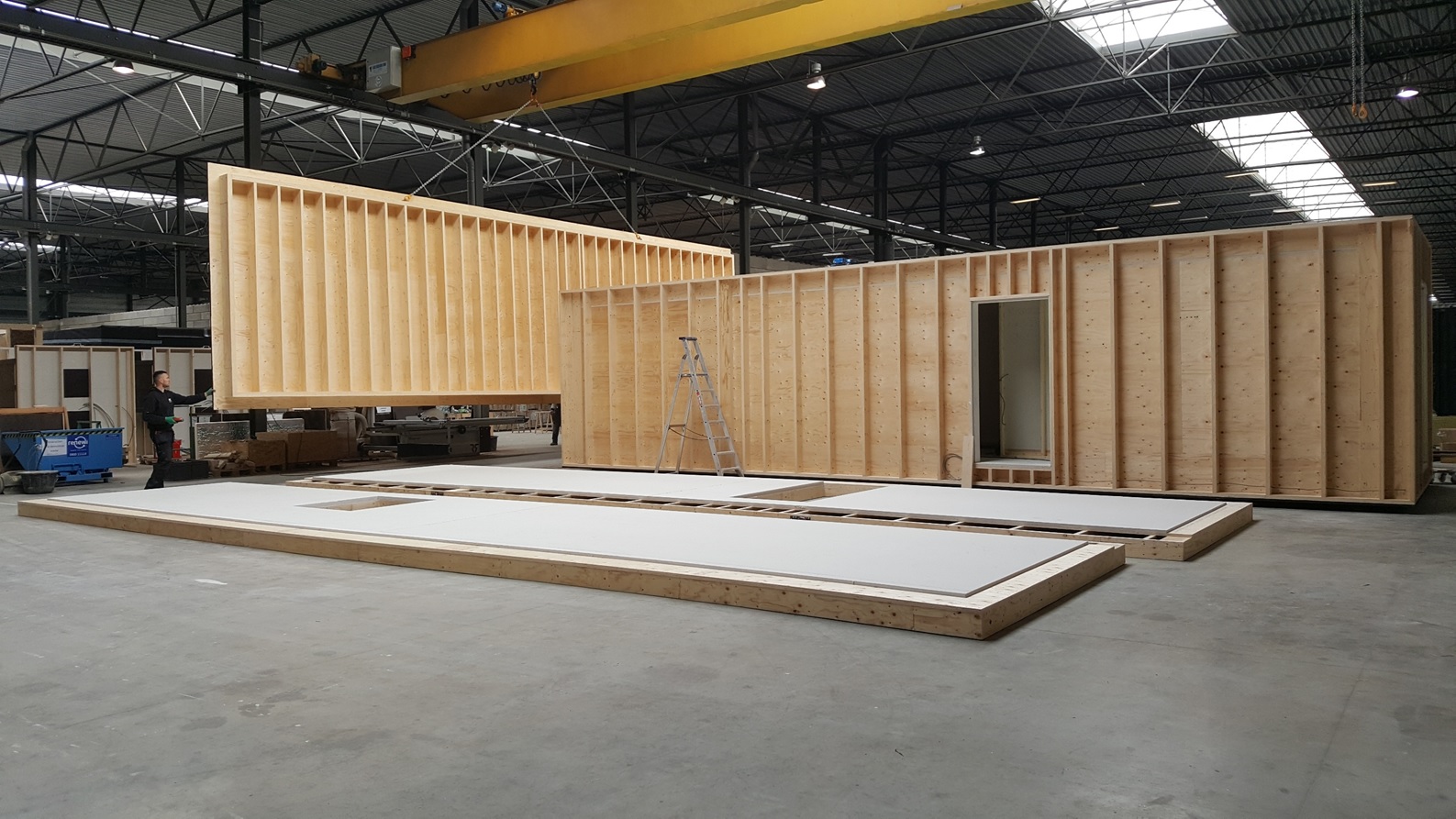
prefab building is a means, not an end
The concept of prefab is nothing new: your production process incorporates elements that were built 'in advance'. You assemble those, rather than start from zero, stone by stone. This process seems perfectly normal to us for many other products, like cars and smartphones. The difference is that in the case of a car, you don't see the construction process, while building a home is by necessity a public endeavor.
There's no law or custom that says your prefab elements have to be cheap or low quality. Quite the contrary. Because you need to transport the pieces, and in our case the end product, all the elements have to be sturdy.
The reverse is also true: there's no reason to assume that traditional building can only be done with high-quality materials. Even for traditional builders, the method is nothing more than a method.
The result of both types of construction depends on the quality of your materials, the building process and the craftsmen.
why build a prefab house?
Prefab homes have many advantages. For most people, the prime benefit is the speed of the construction. A Skilpod, for example, can be built in only three months.
how come prefab is so much faster than traditional construction?
- We're immune to the whims of the weather: we can always work in our workshop. Whether it snows or the sun is scorching hot, our craftsmen can build your home in a pleasant and healthy environment. Every day.
- We can quickly move on to the next step in the process: because we work with wood (and indoors where it never rains), we don't need to wait until materials dry and harden. As soon as the timber frame is assembled, we can move on to the techniques and finishings.
- The chance of errors is very low: a prefab house is designed in advance down to the last detail and our machines are very precise. There's no human hand as precise as a machine, so by incorporating them in our process, we have fewer errors. And fewer errors means less time wasted on correcting them.
there are a host of other advantages to prefab construction:
Less damage-prone: in traditional construction, there's quite some time before the roof is added to your construction and the whole is wind- and waterproof. All this time, your house is exposed to the weather and the work going on on your building site. A prefab home is constructed more quickly and thus spends less time exposed to the elements.
In the case of our Skilpods, we take this to the extreme. The modules are nearly completed when they leave the workshop and as soon as they are anchored together, they are fully protected from rain and wind. We do this in less than a day, so the weather impact is quasi zero.
In addition to that, we don't need to walk on the roof of the modules to finish up the next layer. Only at the very end, when installing the Skilpod, do we spend a short amount of time on the roof.
More ecological: because we are so precise in our construction, there's almost no waste. Plus, we don't need to move our materials as often and as far as a traditional builder does. For a traditional home, trucks need to cross the country with individual materials to building sites in different places. We can centralise deliveries and stock. Our employees also spend much less time on the road.
Safer: our roofs and second floor modules are all made at ground level. The risk of accidents is much lower this way.
Better quality control: because everything happens at ground level, we can inspect every inch of our elements and modules and will more quickly notice any inconsistencies or mistakes. And they're much easier to fix.
Better insulation: again due to the increased precision of our machines and very elaborate preparation. The pieces of the puzzle fit perfectly, so a prefab home suffers less from moisture, drafts and thermal bridges
Easier to plan: because the weather doesn't impact us and we've planned every detail, we can give a good estimate of when your home will be completed. We skip the hassle of seemingly endless delays, so you have a better grip on your planning and can get everything in order for moving.
A clear price in advance: because we are in total control of the planning, we know beforehand how much everything will cost. No unpleasant surprises in terms of your budget.
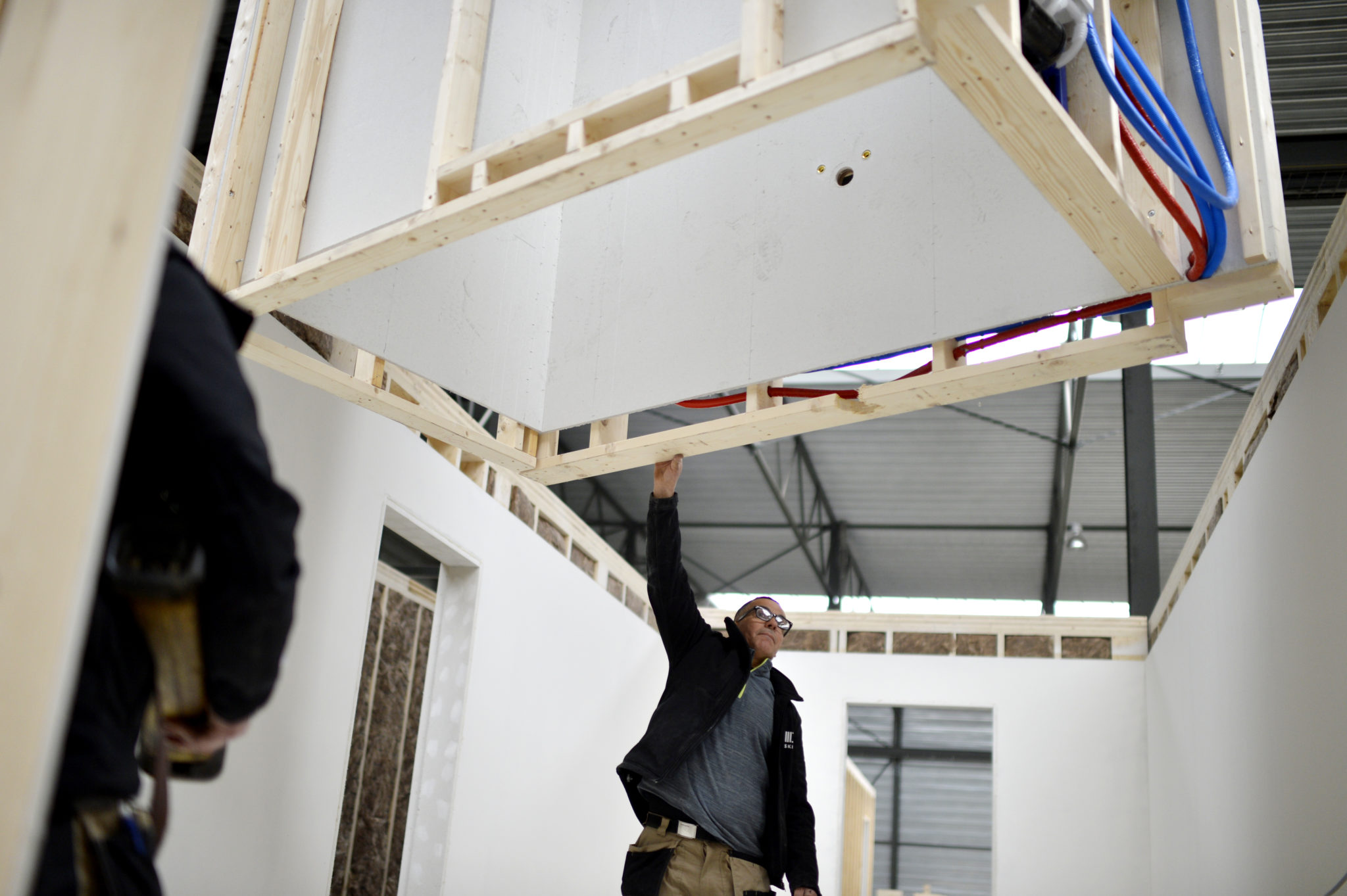
are there downsides to prefab homes?
Yes, of course, like with anything in life. Because we have to transport the modules as a whole, we need some big heavy trucks. We also need to be able to install the crane at your construction site. This means your dream plot has to be accessible to the trucks and the crane.
You sometimes hear that local governments are reluctant to approve permits for prefab homes, but this is not our experience for Skilpods. We make complete, quality homes, that follow all the necessary rules and regulations. This is something very different from, for example, DIY-ing a home from sea containers or similar.
For some people the lack of flexibility is an issue. A prefab home is 100% designed in advance and there are few things you can change.
However, we at Skilpod don't see this as a downside, but a bonus. Because we spend all this time in advance doing research and development, we can come up with the most optimal design. Yes, there's very little to customize, but we're convinced our homes are a good solution which maximally uses the available square meters. This leaves you free to spend time thinking about other, more fun things.
The big upside of this is also that, because we don't need to do anymore designing at the start of your building process, we can quickly start production. This maximizes the speed benefit of prefab construction.
Do you like the design and floor plan of our Skilpods? Then customization is not an issue. Are you someone that likes to determine everything from A to Z? Then perhaps prefab homes aren't the right product for you.
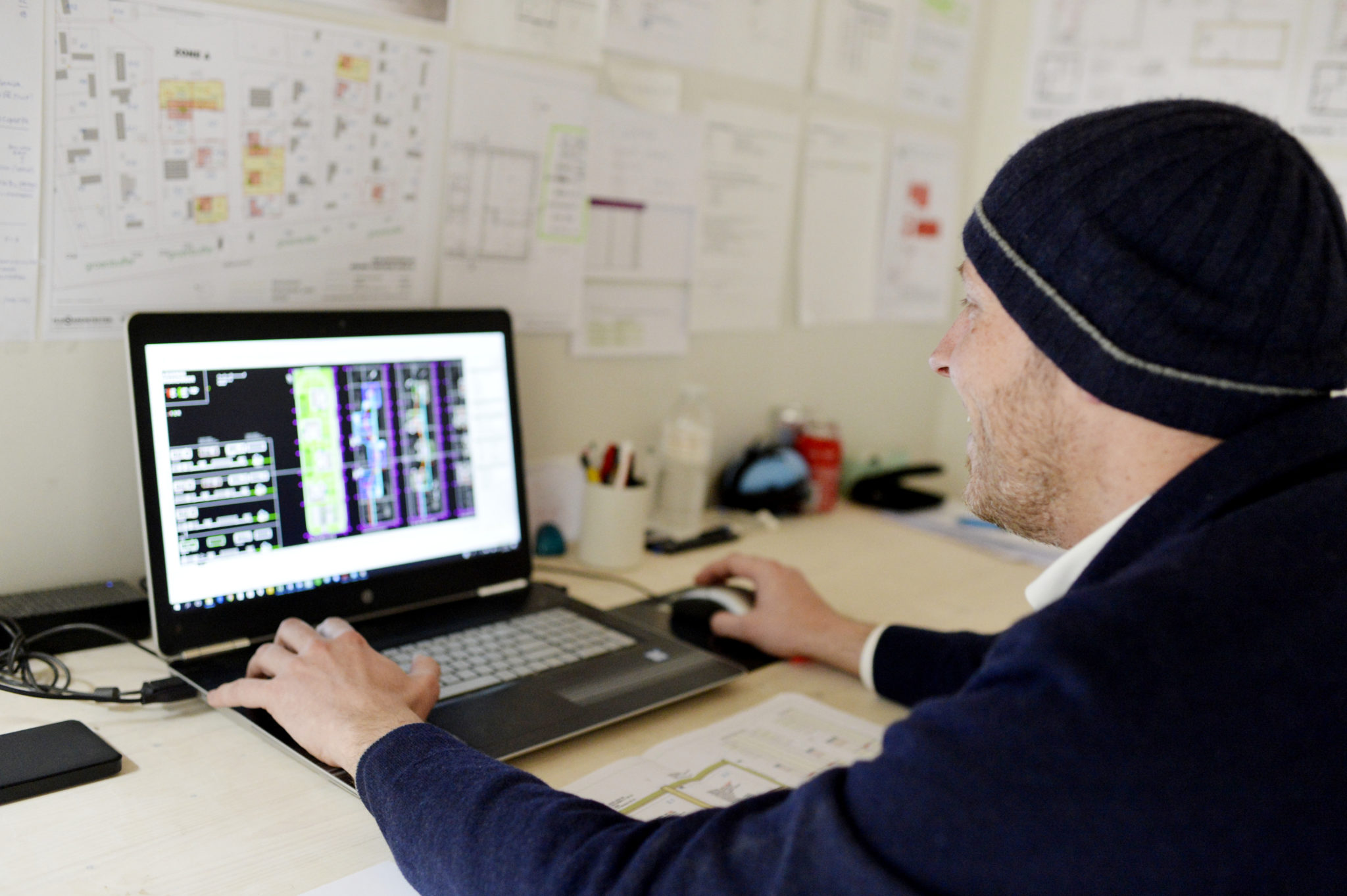
how much does a prefab home cost?
We're sorry, but we have to bust another myth: prefab homes are not necessarily cheaper than traditional homes. We can save somewhat on production costs, but if you see prices that are 50% lower than traditional homes, you should definitely be asking questions.
As we stated above, prefab construction doesn't mean we work with lower-quality materials. Quite the contrary. Because we make homes that are meant to be permanent, we focus on high-quality materials and finishings. Because we have a smarter production process, we can pick better materials, technical installations and appliances. This means you get a better house for the same price.
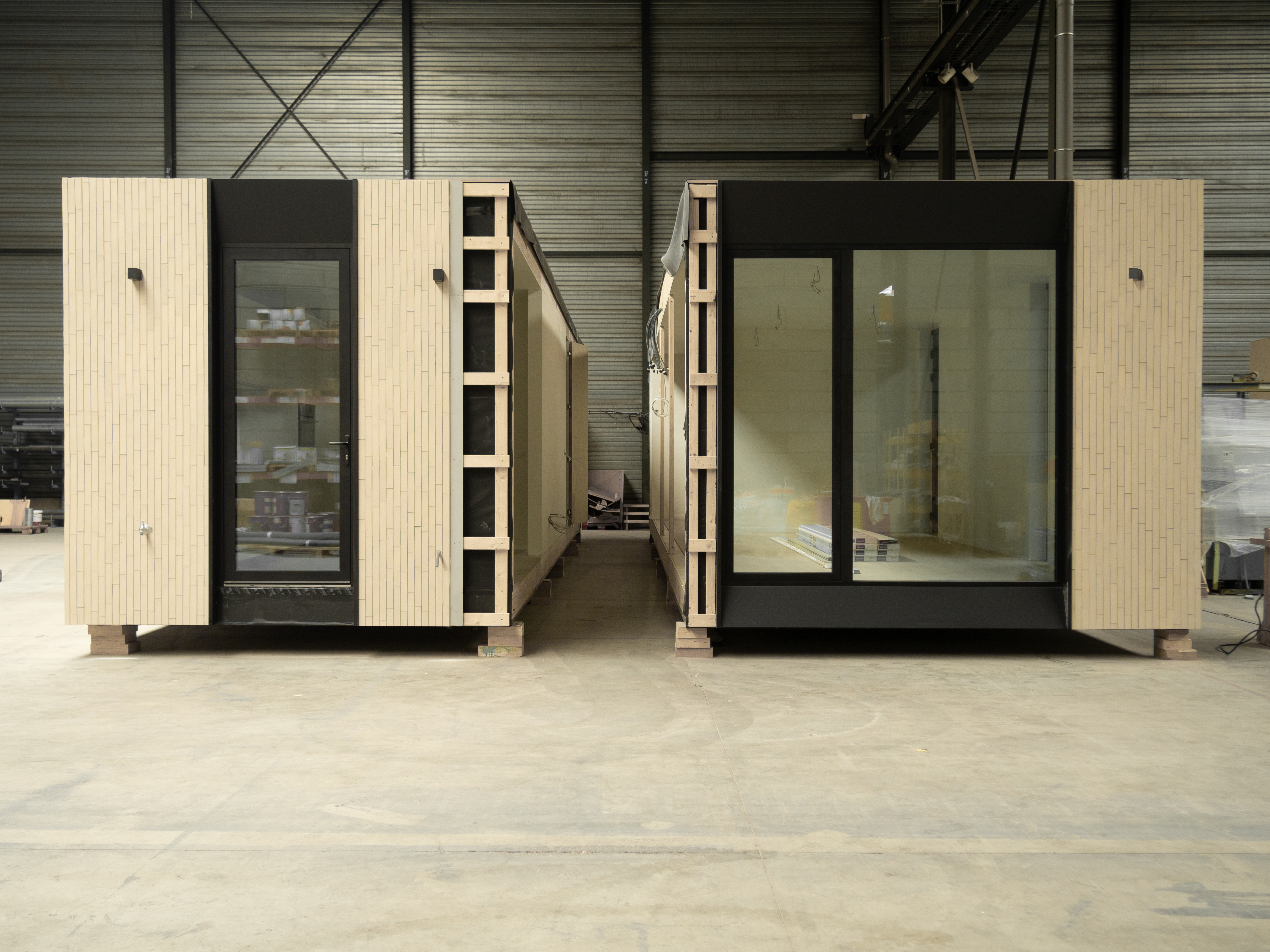
Published: 30 November 2021
more about smart building
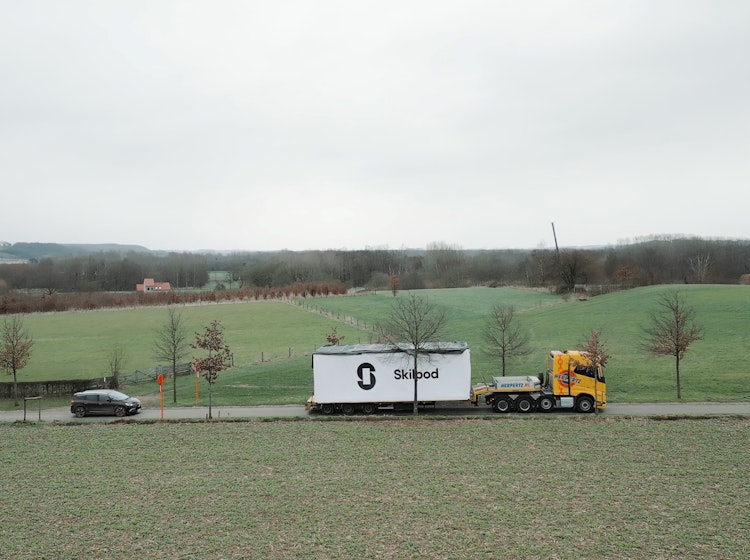
smart building — a spectacular installationWhat do you do when the construction site is in an inaccessible location and your client still wants a Skilpod? Cut a deal with the neighbors.
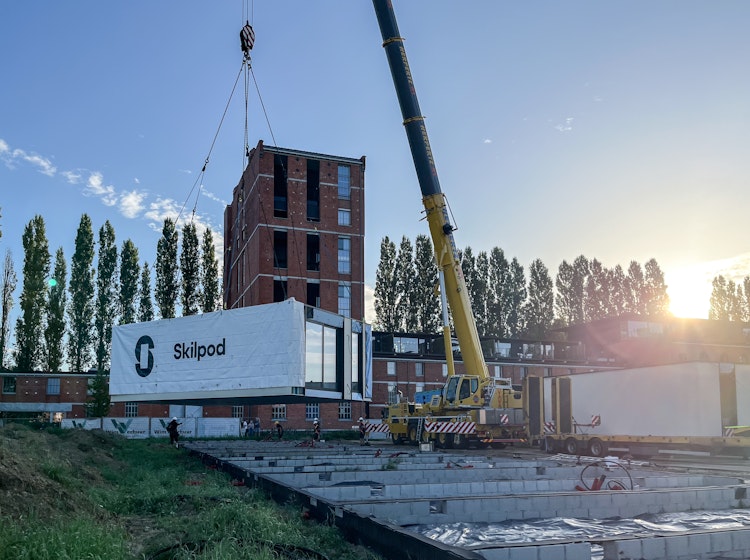
smart building — 11 homes in 4 daysWe did it again. At the historical site of the Chocolate Factory in Tongeren, we built 11 new homes in 4 days.

news — Filip Timmermans on the Bao podcastSkilpod founder Filip Timmermans talks about the origins of Skilpod, where we get our inspiration and where we're headed